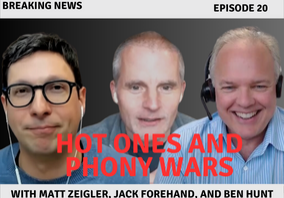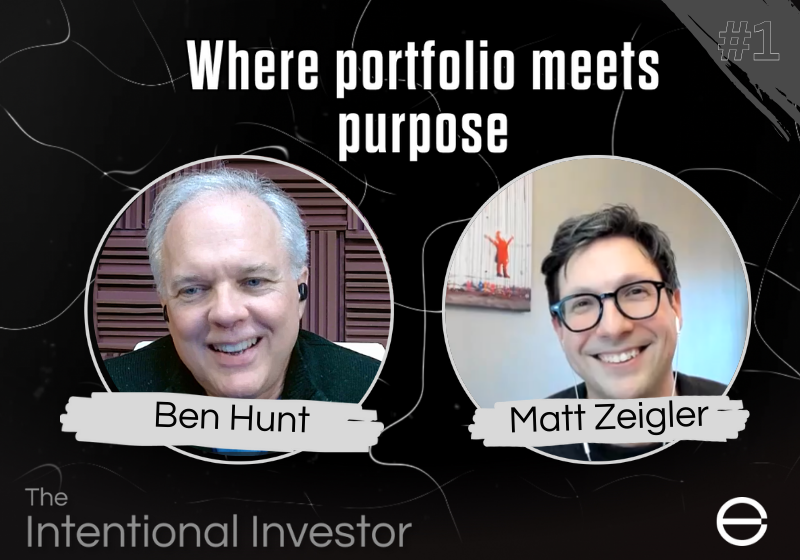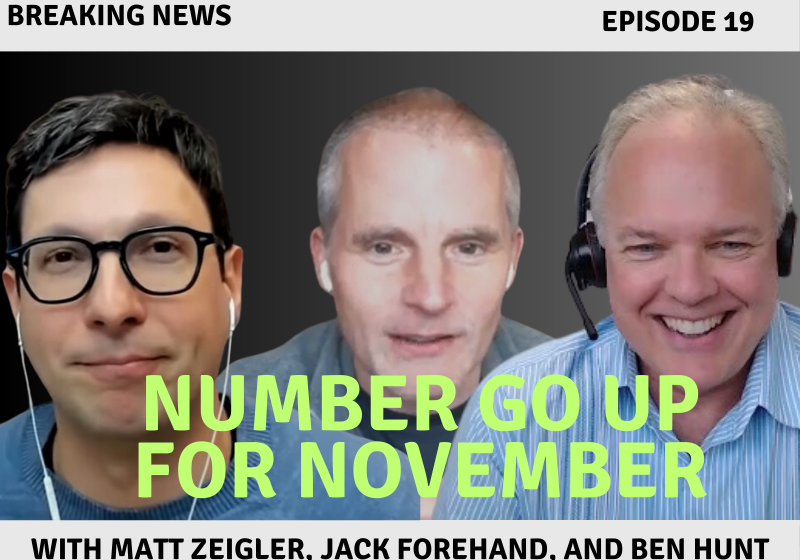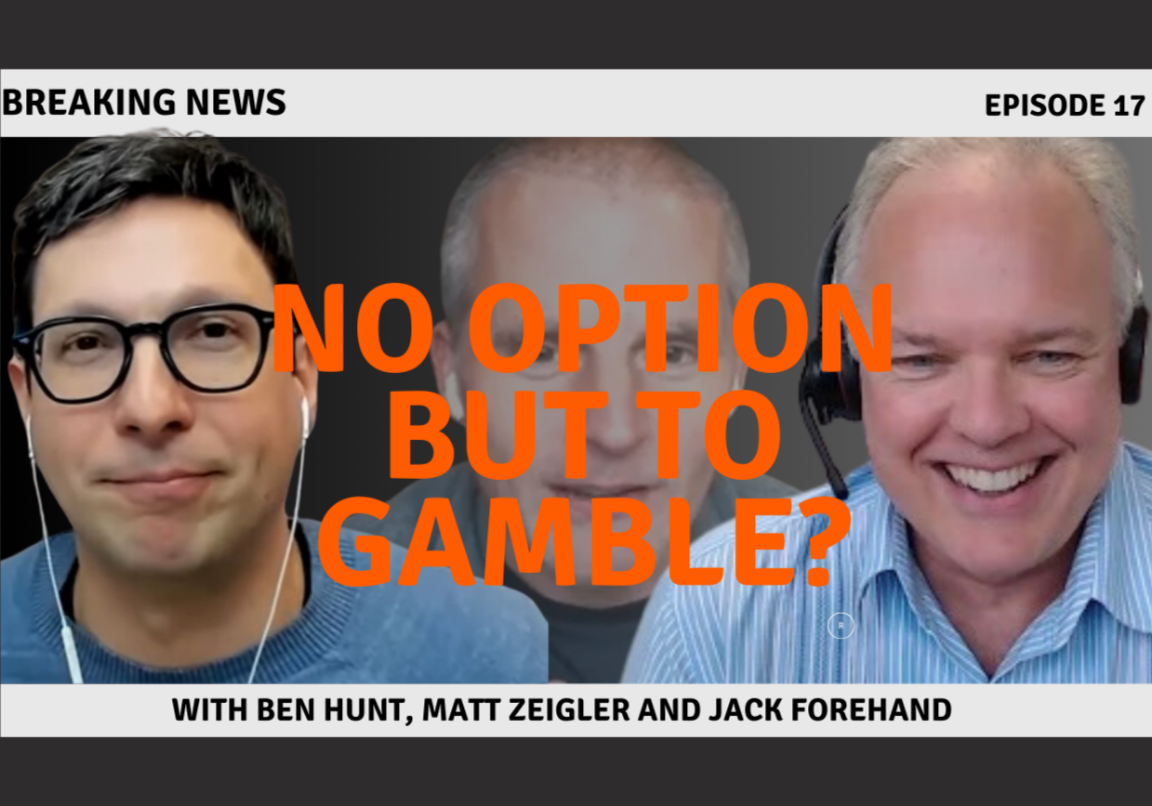Blast from the Past
To learn more about Epsilon Theory and be notified when we release new content sign up here. You’ll receive an email every week and your information will never be shared with anyone else.
Continue the discussion at the Epsilon Theory Forum
The Latest From Epsilon Theory
This commentary is being provided to you as general information only and should not be taken as investment advice. The opinions expressed in these materials represent the personal views of the author(s). It is not investment research or a research recommendation, as it does not constitute substantive research or analysis. Any action that you take as a result of information contained in this document is ultimately your responsibility. Epsilon Theory will not accept liability for any loss or damage, including without limitation to any loss of profit, which may arise directly or indirectly from use of or reliance on such information. Consult your investment advisor before making any investment decisions. It must be noted, that no one can accurately predict the future of the market with certainty or guarantee future investment performance. Past performance is not a guarantee of future results.
Statements in this communication are forward-looking statements. The forward-looking statements and other views expressed herein are as of the date of this publication. Actual future results or occurrences may differ significantly from those anticipated in any forward-looking statements, and there is no guarantee that any predictions will come to pass. The views expressed herein are subject to change at any time, due to numerous market and other factors. Epsilon Theory disclaims any obligation to update publicly or revise any forward-looking statements or views expressed herein. This information is neither an offer to sell nor a solicitation of any offer to buy any securities. This commentary has been prepared without regard to the individual financial circumstances and objectives of persons who receive it. Epsilon Theory recommends that investors independently evaluate particular investments and strategies, and encourages investors to seek the advice of a financial advisor. The appropriateness of a particular investment or strategy will depend on an investor’s individual circumstances and objectives.









Did you keep the Becketts?
As always, you and Ben present issues facing investors, portfolio managers so well.
It does seem that Government officials (like The FOMC) are using actual resources and sacrificing future growth to
turn free markets into what you describe as public utilities in their misguided and hubris-filled attempts to “manage” the economy .
And it may well mean that sharp declines in markets that we’ve seen for over a century will be “managed” out of existence.
But I doubt it. History argues against their ability to do so even if it’s proven they want to.
But let’s say you’re right, The Neo-Keynesians that populate the FOMC ( and economic advisors to Congress and the President)
become determined to domesticate markets for their vision of the greater good.
It may mean no more 50-60% cyclical declines, but it also means no upside, perhaps for decades.
Long term valuation still rules.
My pre-this-piece take was that eBay was the catalyst that exposed the, um, house-of-cards that was the baseball card market and, technically, that’s still an okay explanation, but your piece is so much more as it walks one through the inflating and deflating of a bubble in granular and nuanced detail.
One of several takeaways that resinated with me - as I’ve seen it happen before but never fully appreciated its value as a tell - is your explanation of why the “market makers” became nothing but sellers / shills. There are some “interesting” parallels here to the retail structured-note market - both the dealers-are-really-just-sellers and the market-segmentation-to-create-“scarcity” (more variation of the basic structured note) aspects.
Once again, I emphasize, ET is intellectually stimulating (which is all good and well), but also provides very practical tools and analysis for trading and investing (which is even better).
A few of them that I remembered really liking.
I’m not sure. It might stop there, but I’m not sure how long equities could be flat before mission creep found its way in.
Thanks, Mark. I also think that there’s a uniquely current element of ‘empowerment’ of us as individual investors that is meant to maximize our ROI for those sellers.
Agree completely. All the DIY-investing / robo-platforms are lining up the Millennials as lambs to the slaughter with just that tactic. Casting an even wider net, the entire “educational” efforts at most firms (Fidelity, I’m talking about you, too) is oriented to all age groups and intend the same desired, beneficial-to-the-firm, result. It’s not much better than being “educated” by a condo time-share seminar only to, then, be presented with time-share-purchase opportunities immediately afterwards.
Some education is better than none. I know it is facile to say this, but the vast majority of retail investors don’t correctly understand compound interest (see credit card balances). Yet they are expected to manage their retirement capital. Trailing 1 year money flow into combined equity ETFs & Mutual Funds matched tech bubble levels going into Q1 2018. Money flow out of MF complexes in December was over $250 billion. Advice can help to change behaviour.
I agree that sincerely educating retail investors is a good thing; what I object to is education weaponized as a sales tool (and quite transparently to those of us in the industry).
The industry does both as there are some very good tutorials, etc., available for the retail investor, but much of the material and that effort is also deployed to generated revenue / capture assets.
In a way, the medical field has become similar in that the patient has to educate him or herself to avoid being over billed and sent for unnecessary and expensive tests. The challenge there, as in investing, is finding the right balance between self education and the intelligent selection of a qualified doctor / FA to help you. In either field, it ain’t easy.
Wow. A true blast from the past. I LOVED collecting baseball cards and checking Becketts. And it’s weird because I was only 9 or 10 but the proliferation of remixes on the original cards that started coming out made me disgusted and sad and I remember losing interest quickly.
Me aculpa though; I bought stuff like 1986 Donruss Rookies sub-collection and some of the “true” rookie cards like Daryl Strawberry I think ‘83 (vs a mere standard ‘84) with full gusto so it’s not like I didn’t partake.
Didn’t know why but strongly remember being really disappointed. Is that a heuristic, when the passion and fun and puzzle start to dissipate; it’s a bubble / it’s politicized / some politician, Baron or executive is surtaxing or needs to surtax a pool of value?